| Batman's
investigations lead him to discover that
a gang is using the newly resurfaced
Solomon Grundy to smash their way into
shops and buildings. Cornering
both the gang and Grundy at their
hideout, an abandoned factory building,
Batman uses a trick to lure Solomon
Grundy to hurtling himself into a furnace
where, assumedly, he meets his end.
In a sub-plot thread,
the gang has a disagreement with someone
they call "Croc", and the
mystery person (whose face always remains
in the darkness of the shadows inside the
factory) tells them that he quits and
that they are on their own.
|
|
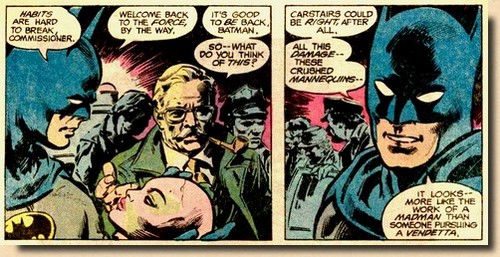 |
|
|
| |
REVIEW & ANALYSIS
A
stand-alone and done-in-one story which is set up to
feature Batman's skills as an exceptional detective.
Unfortunately, it falls somewhat short of the
expectations such a premise for a Batman storyline raises
as the detection element is executed without any finesse
or subtlety.
|
| |
| All the discoveries
and deductions Batman makes in the
process of uncovering the gang of robbers
(and their "living vice" in the
shape and form of Solomon Grundy) mostly
surface "just like that" and
therefore with little logic and
essentially provide neither mystery nor
suspense. As a result, the
story is told in a rather haphazard
fashion and never really grabs the
reader's attention to the point of him or
her really wanting to find out and know
what it's all about.
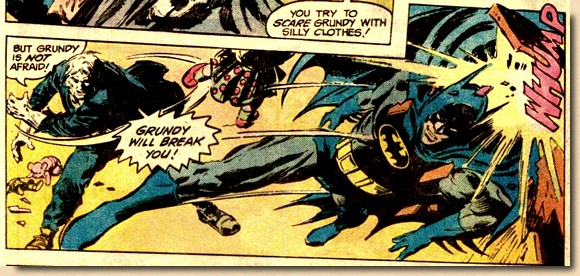
|
|
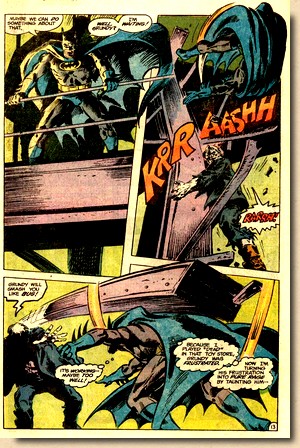 |
|
|
| |
| The artwork
by Gene Colan (who returns to Detective Comics after
a hiatus since Detective Comics
#517),
however, is dynamic and displays his typically
cinematographic approach and style, especially when
Batman battles it out with Solomon Grundy. |
| |
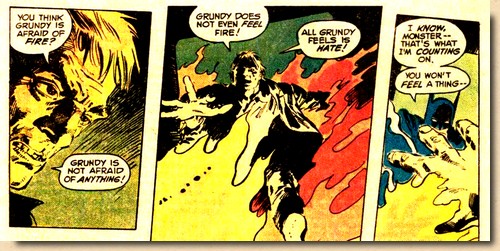 |
|
Tony de Zuniga's inks
sit well on Colan's pencilwork, although
DC's house rules did not allow for as
much shadows as Colan would have no doubt
added had this been a Marvel comic book. Overall,
the artwork somewhat lifts up the plot
and prevents the story from getting
totally stuck.
Solomon Grundy, whose
origin Conway recaps in two panels, is
better known as an antagonist of Green
Lantern or Superman and only rarely
crosses the path of the Darknight
Detective.
|
|
|
| |
| In this
case, it really does at times feel like a character in
the wrong setting, as Grundy's appearance not only feels
somewhat construed but also highly rushed, which hurts a
story already short on plot interest. |
| |
| Solomon
Grundy first appeared in All-American
Comics #61 (October 1944), as the
reanimated corpse of a rich merchant who
was murdered and whose body was disposed
in a swamp near Gotham City (by the late
1970s this had turned into the sewers of
Metropolis). Now a huge, lumbering
and monstrous heap, he has almost no
memory of his past life but remembers
having been born on a Monday. Hence his
name, which of course goes back to the
famous nursery rhyme:
Solomon Grundy -
Born on a Monday,
Christened on Tuesday, Married on
Wednesday,
Took ill on Thursday, Grew worse on
Friday,
Died on Saturday, Buried on Sunday,
That was the end,
Of Solomon Grundy
|
|
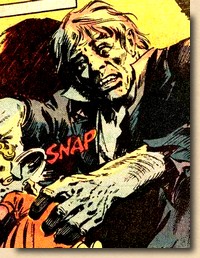 |
|
|
| |
| Although
predominantly depicted as a villain and even, initially,
a vicious killer, the circumstances and events which
created Solomon Grundy could just as well provoke the
same questions of moral philosophy which are tied, for
example, to the grandaddy of all monsters, the creation
of Viktor Frankenstein - the source of the monster’s
perceived evil nature is indeed one of the central themes
of the original Frankenstein novel by Mary
Shelley. However, Gerry Conway had no
intention whatsoever to apply this complex perspective to
Batman's encounter with Solomon Grundy. On the contrary:
the Darknight Detective actually lures the swamp creature
into a furnace which he then turns into a fiery death
trap. Some readers may have wondered how this rather
gruesome modus operandi befitted the Batman's
code of ethics, even if Grundy were nothing but the
monster which Gotham's Caped Crusader sees in him, and
one reader even put pen to paper and deplored it as being
unworthy of heroic defenders of society such as Batman.
But then
Conway had penned a similar behaviour of the Batman as
shortly ago as in the preceding issue of Detective
Comics, where the
calm with which Batman witnesses the death of the Snowman
was striking to say the least, given that the demise was
essentially triggered and caused by the Darknight
Detective himself. Conway, it seems, was of the opinion
that neither a mutant (the Snowman) nor a monster from
the sewers (or "pseudo life-form" as Conway has
Batman describe Grundy to Alfred) should be included in
the Batman's vow to never cross that line which
ultimately separates him from the evil he fights. A
Batman who kills his foes rather than handing them over
to Gotham City's finest or the powers in charge of
Arkham? Unthinkable, and yet there you have it, twice in
a row, in Detective Comics #522 and #523.
The sole
reason and focus for Conway to plot this run of the mill
Batman story, it would seem, is to plant a sub-plot
thread which sets up a new villain - only seen in shadows
so far and referred to as "Croc" but soon to be
disclosed as being "Killer Croc"...
|
| |
| CASUAL
READING -
An interesting setup
requiring Batman's detective work is somewhat let
down by a slow story and superficial
characterization, producing a sense of
non-interest saved primarily by dynamic and
engaging artwork. |
|
| |
| |
| |
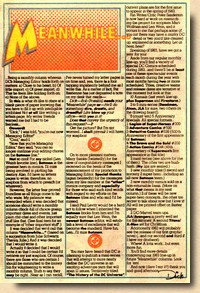 |
|
FACTS
& FIGURES
Detective
Comics #523 went
on sale 24 November 1982 and was
published in 1983 by German publisher
Egmont Ehapa as "Inferno" in Batman
Sonderausgabe #3 (shortened by one
page) and as "Inferno" in Superserien
#3/1984 by Semic Publisher in March 1984
for the Norwegian market. The Batman
feature has been reprinted in Gene
Colan - Tales of the Batman Vol 1
(2011).
On the "Meanwhile..."
page (which served as a DC in-house
platform to inform readers of what was
happening and to plug various DC titles,
much like Marvel's Bullpen Bulletins)
Dick Giordano reflected on his promotion
within the editorial ranks and how this
had forced him to hand over the reigns of
the Batman titles to Len Wein, plus
mentioning a few anniversary titles which
had happened in 1982.
|
|
|
| |
| Detective Comics
#523 also contained, of course, a couple of advertising
pages from third parties (although the famous flea market
ads were gone by this time). It is interesting to see the
dominance of the emerging video games. |
| |
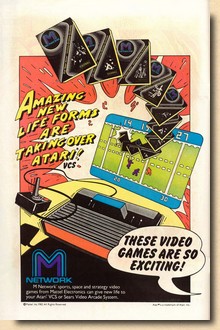 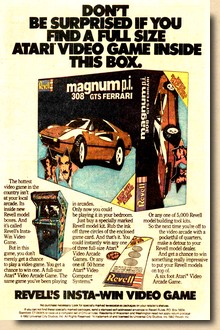 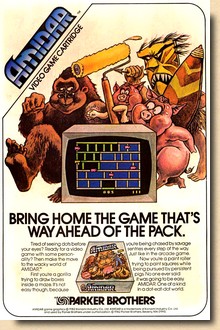 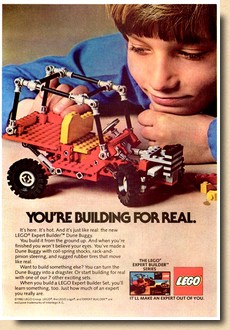
|
| |
| Clearly the classic
construction toys were beginning to have a not so cool
appeal in comparison to these nifty new video games
anymore - so much so that one kit company even enticed
potential buyers to purchase a kit because they might win
a video game. And yet none of the consoles and brands
featured in these 1982 advertisements are still around 35
years later - quite unlike Lego and, indeed, comic books
in general and Detective Comics in specific. |
| |
COMMENTS FROM THE BATCAVE
|
| |
 |
|
"A
definition of humanity that denies the humanness
of Grundy (and certainly one that so easily
consigns him to horrible death) (...) is very
near to racism (...) and an attitude unworthy of
heroic defenders of society such as Batman"
(T. M. Maple, Toronto Ontario)
(from the letters page of Detective
Comics #528)
|
| |
|
|
|
| |
BATMAN and all
related elements are the property of DC
Comics, Inc. TM and © DC Comics, Inc., a
subsidiary of Time Warner Inc.
The illustrations presented here are
copyright material. Their reproduction
for the review and research purposes of
this website is considered fair use
as set out by the Copyright Act of 1976,
17 U.S.C. par. 107.
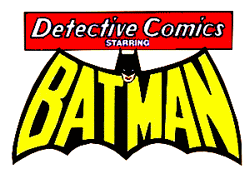

(c) 2013-2017
uploaded
to the web 13 May 2017
|
|
|
|

